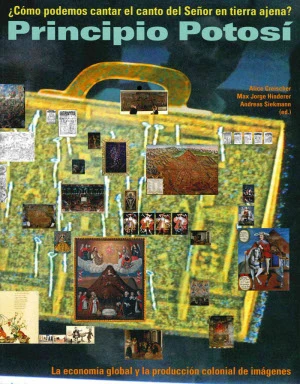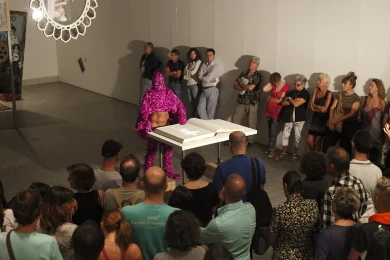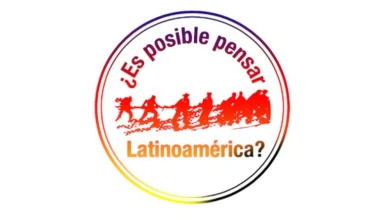The Potosí Principle
How shall we sing the Lord’s song in a strange land?
All dominant groups exercise power not only through control of the means of production, but also through a hegemonic discourse that makes culture and arts fundamental control instruments of the social-imagination. In the seventeenth century Potosí was one of the major cities in the world - with a population greater than that of London or Paris - a financial centre that supported an artistic production linked to work in the mines and the most negative consequences of colonisation. In the area that is now occupied by Peru and Bolivia, in the sixteenth century, there were already artistic schools emerging, such as those of Cuzco and Potosí, with common characteristics regarding European painting, such as the anti-illusionistic representation of space and the integration of local myths in their work. In 1545 the Spanish began to arrive and exploit metals from the Cerro Rico in Potosí through indigenous labour. The overabundance of wealth is made off the backs of slaves, the "mitawhere indigenous people work in inhumane conditions. Silver and other metals mined from Cerro Rico circulate throughout the globe and pay for European wars.
Indigenous art is presented today as an inspiration to modernity and the various parallels that are established between the ideological function of colonial baroque painting and that which contemporary art adopts when legitimising the new elites of globalisation. That is why in the exhibition references derive from the four current centres of economic power: Moscow, Beijing, London and Dubai, along with the four conceptual axes in relation to contemporary art production: Hegemony, Accumulation, Human Rights and Investment.
Artists
Haus der Kulturen der Welt, Berlin (October 7, 2010 – January 2, 2011); Museo Nacional de Arte and Museo de Etnografía y Folklore, La Paz (February 22 – May 30, 2011)
Organised by
Museo Nacional Centro de Arte Reina Sofía and Haus der Kulturen der Welt, Berlin
Image gallery
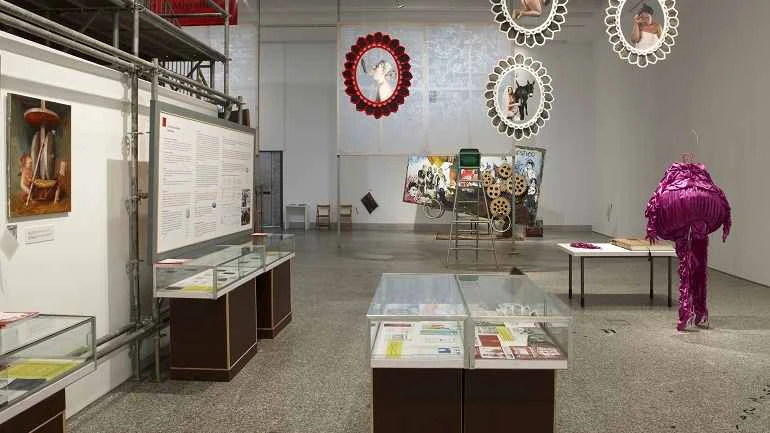
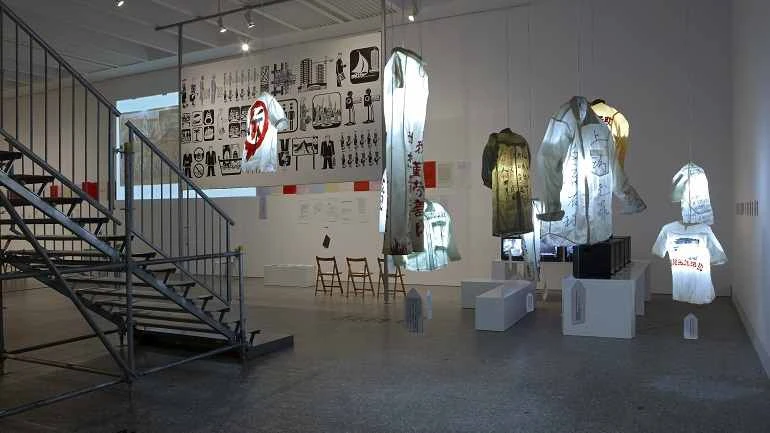
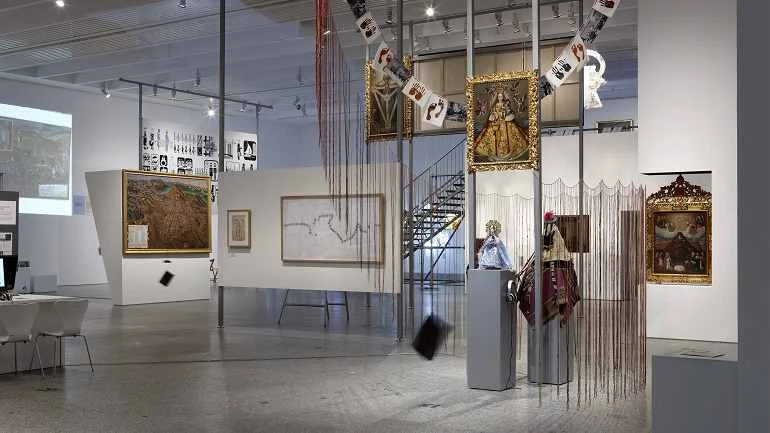
Itinerary
Museo Nacional Centro de Arte Reina Sofía, Madrid
12 May, 2010 - 6 September, 2010
Haus der Kulturen der Welt, Berlín
7 October, 2010 - 2 January, 2011
Museo Nacional de Arte y Museo de Etnografía y Folklore de La Paz, Bolivia
22 February, 2011 - 30 April, 2011
